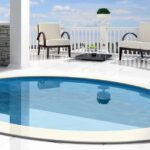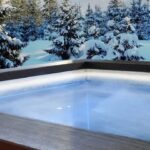Pools are a great place for chilling, having fun and relaxing after a long day. However, they’re quite pricy to build and maintain, so if you’re on a budget or if you have limited space in your outdoor area, it’s best to choose something smaller.
Plunge pools are an amazing choice for relaxing your muscle aches, doing aqua workouts or simply enjoying the sun rays on an air mattress. If you plan to invest in such a pool, here are a few things to consider.
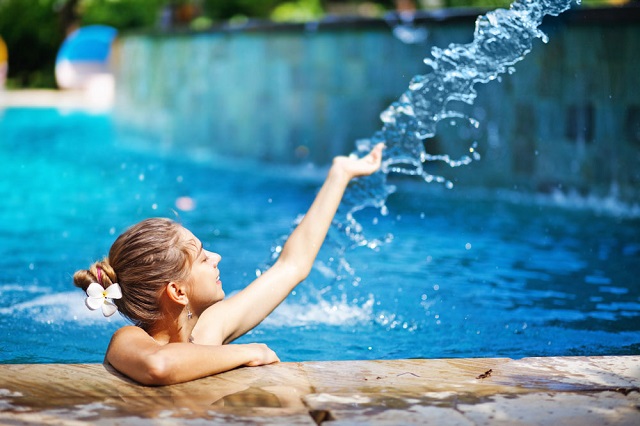
What’s a Plunge Pool?
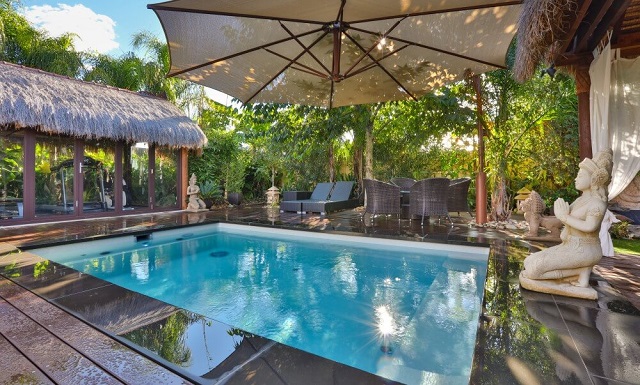
The plunge pool is smaller than a regular one and has a set size that drops down to a set high held across the entire pool length and width. A regular pool goes from a shallow end to a deep end, but a plunge pool has the same depth and focuses on submersion and relaxation.
Since these pools have a set form and are usually smaller, they’re also less expensive than a standard pool, which makes them more accessible to more people. These pools are ideal for people who do low-impact workouts. The plunge pool has a more affordable price for people who may need aquatic rehabilitation or low-impact exercise.
Why Choose a Plunge Pool?
There’re myriad reasons you should buy a plunge pool. This type of pool is compact which means, it’s easier to maintain the wanted water temperature. These pools are usually made of fibreglass, which makes them easy to clean. You can use it for hydrotherapy – it’s fantastic to lower muscle tension, inflammation, or other pain.
The fact that these pools are smaller won’t demand any special maintenance. You won’t have to spend hours keeping it clean (as happens with large swimming pools).
How Plunge Pools Work?
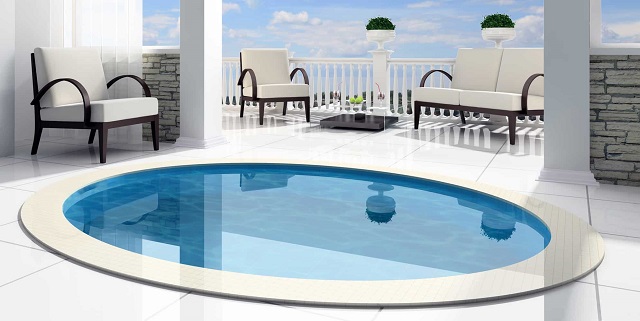
Plunge pools work very much like a regular pool, with the main difference laying in the depth; a plunge pool has the same depth for the entire length and width. Such pools are mainly used for rehabilitation and relaxation where a deep end isn’t necessary. These types of pools are perfect for family or friends gatherings, so they can enjoy and play in the water. If you need to heal from any muscle condition and need a low-impact exercise, this is the top tool to achieve that. You can add jets like in a Jacuzzi, to transform the use of the pool, turning it into a place for water relaxation, training and exercise.
How Big are Plunge Pools?
A regular plunge pool is usually about 6 metres. The most typical version is 2 to 3.5 metres. This is an ideal size where you can jump in, work out and move on. The size depends much on the available space in your yard. Also, you should consider if you’ll get extra pool machinery such as pool pumps, filters and other accessories.
Plunge Pool Depth
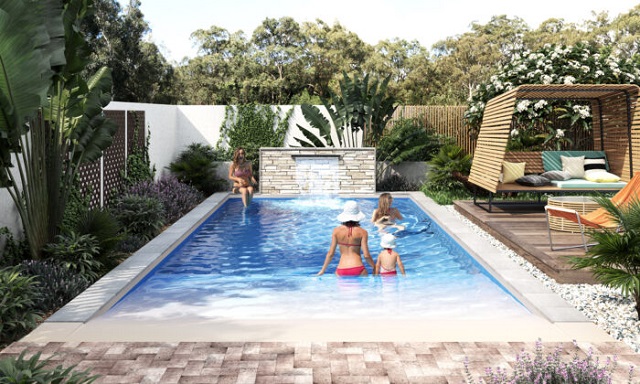
If you need this pool for hydrotherapy, then it should be deep enough so you can fully submerge. This means the plunge pool should be a fit for you if you want to do water-based and hydrotherapy workouts. If it’s too shallow it won’t going to help you have relaxed and comfortable movements.
If you wonder how deep should it be, you can always stick to the standardized set of depth that ranges around 1.3 metres and are about 1.8 metres deep. Be sure to consider your height as well, and how you plan to use the pool. Consider the other people who will use the pool, whether there are children or elderly, and if the desired depth is suitable for their needs).
What About Above Ground Plunge Pools?
Many people wonder if there are above-ground plunge pools. While these types of pools are often made of fibreglass, the truth is, they can be installed above ground with a drop-in. But, it’s best to talk about this with the installers.
Plunge Pool Water Temperature
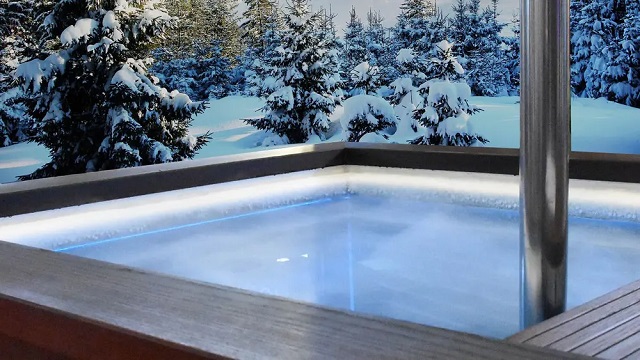
Most people love when the plunge pool water is about 20-23 degrees Celsius. This is warm enough allowing you to relax and enjoy the water without feeling unpleasant. However, this is not a hot tub, but a smaller pool where you can submerge, float, walk, play or do hydrotherapy workouts. There are options to heat or cool the water, based on your needs. You could heat it up to 40 degrees, and cool it down to 10 degrees Celsius.
Can You Swim in a Plunge Pool?
These pools are mainly used for hydrotherapy and relaxation, but many people wonder if they could be able to swim around. Since such pools aren’t too deep (not more than 2 metres), you can casually swim without any problems. However, if you need to do lap swimming, you’ll surely need to get a larger swimming pool. These pools are made for enjoying and refreshing on a hot day but aren’t meant for Olimpic swimming. You can, of course, have relaxed water plays and swims.
Is It a Worthy Investment?
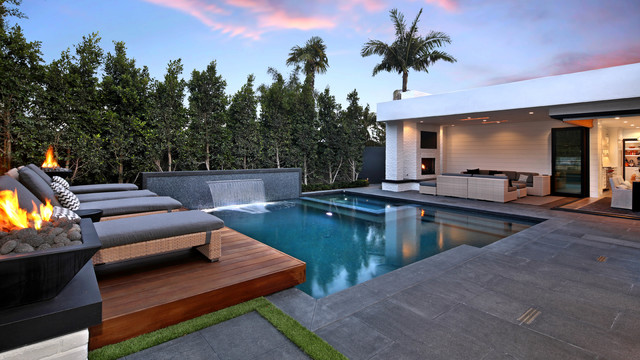
This mainly depends on what you need such a pool for; if you need a place to chill and enjoy the water, or relax your muscles with gentle workouts in the water, then this is a perfect choice. If you love large pools where you can swim laps, such a pool isn’t the best choice. This type of pool will meet your needs if you have a smaller backyard or a patio; it’s more affordable, demands less time and money for maintenance, and still provides you with refreshing water and a place to enjoy.



